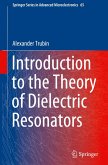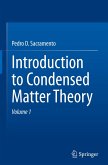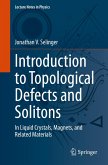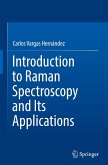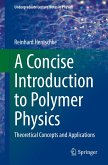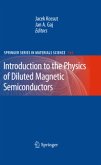This textbook provides a new perspective on the classic topic of Semiconductor Materials and Devices. It aims at undergraduate and beginning graduate students in the physical sciences and in engineering. This book combines two unique aspects: (i) Making quantum mechanical concepts broadly accessible: Rather than avoiding fundamental concepts such as electronic band structure and phonons, as is the case in the established texts on semiconductors, the book embraces and incorporates them as key building blocks. While conceptually sound and rigorous, this textbook avoids unnecessary detail to provide students with a solid understanding of key concepts while enabling rapid progress toward the learning goals. (ii) Extensive examples sourced from contemporary research: Advanced topics from the current literature (past 10 years) are included as natural extensions to each chapter of the book. These contemporary examples broaden the students knowledge beyond the typical content of an introductory textbook, provide relevant literature references, and encourage further reading and self-study. In this way, the extensions help educate the students for careers in the post-silicon era .
Provides a concise introduction to semiconductor materials and devices, accessible to students of varying backgroundsMakes extensive use of current, real examples to facilitate understanding and motivate further readingPrepares students for careers in semiconductor research and development, device design, and manufacturing
Provides a concise introduction to semiconductor materials and devices, accessible to students of varying backgroundsMakes extensive use of current, real examples to facilitate understanding and motivate further readingPrepares students for careers in semiconductor research and development, device design, and manufacturing


